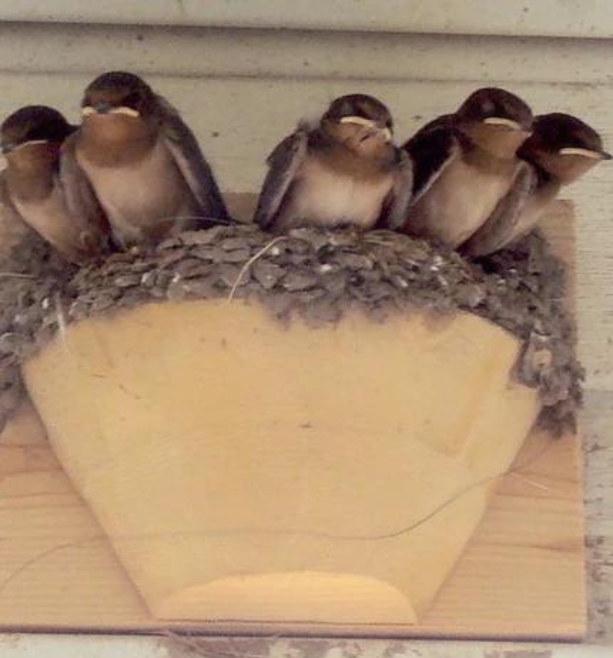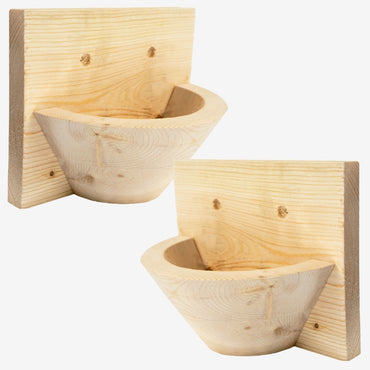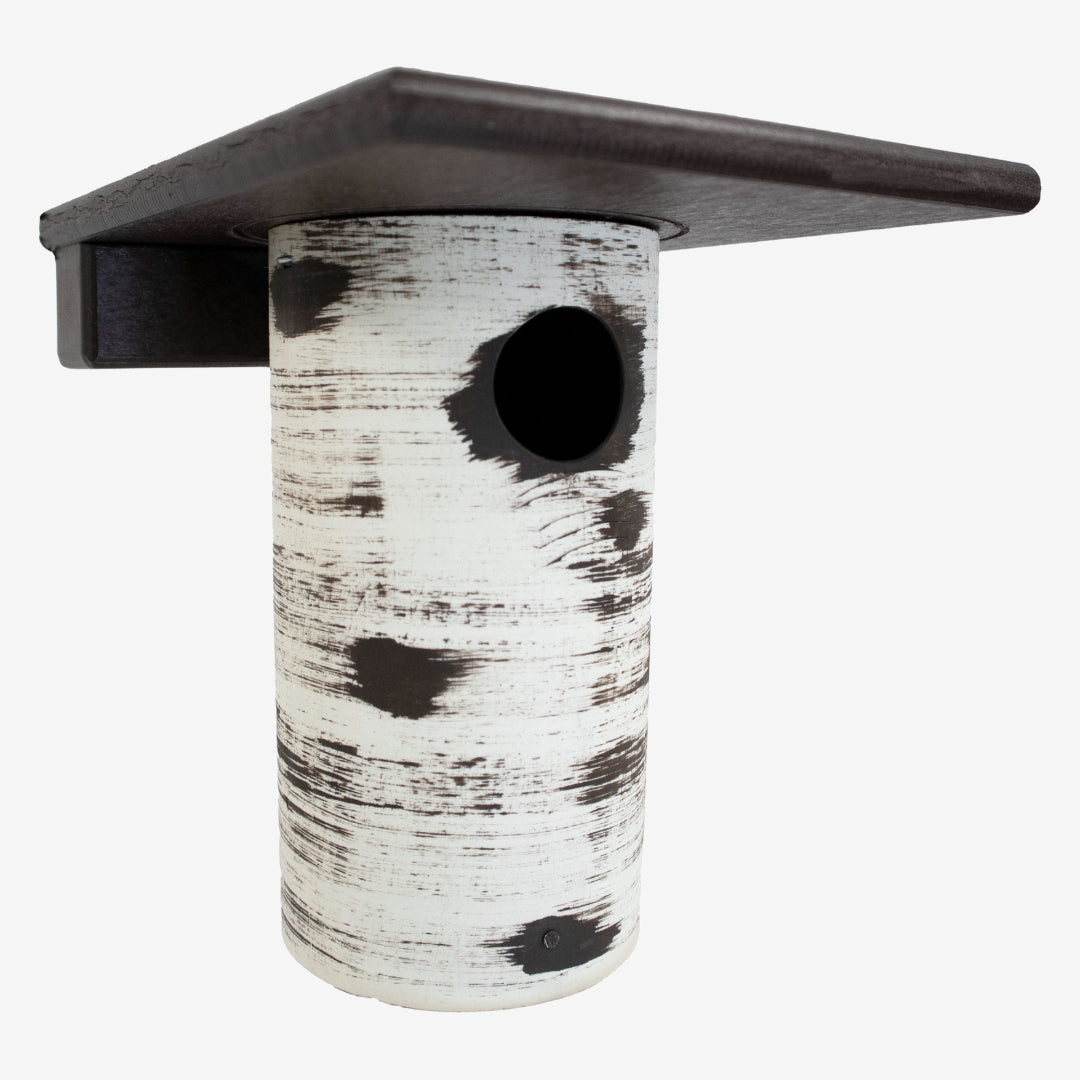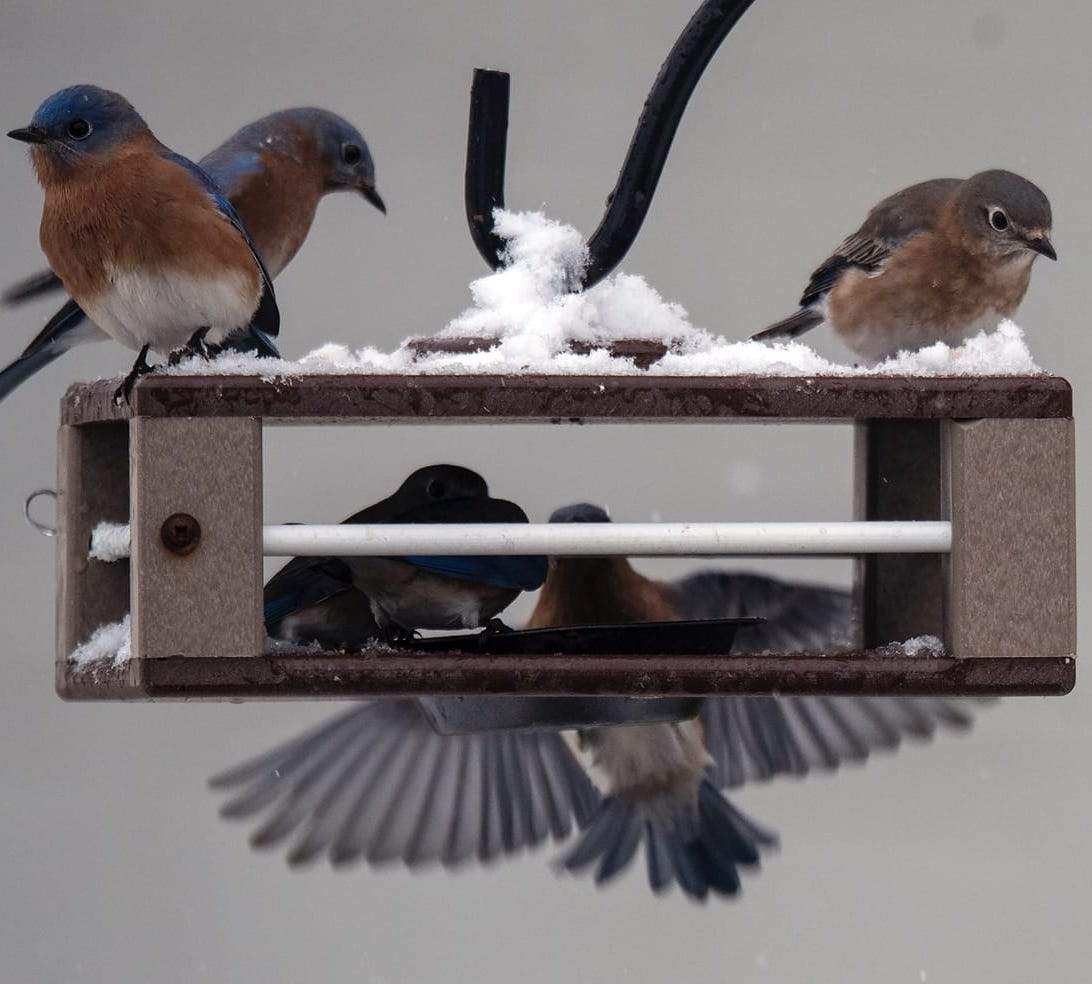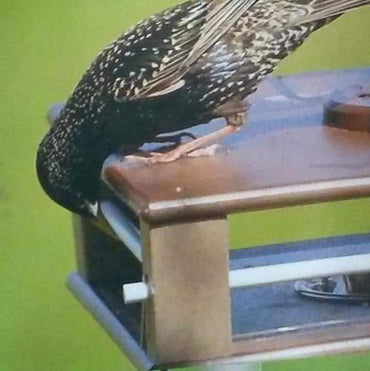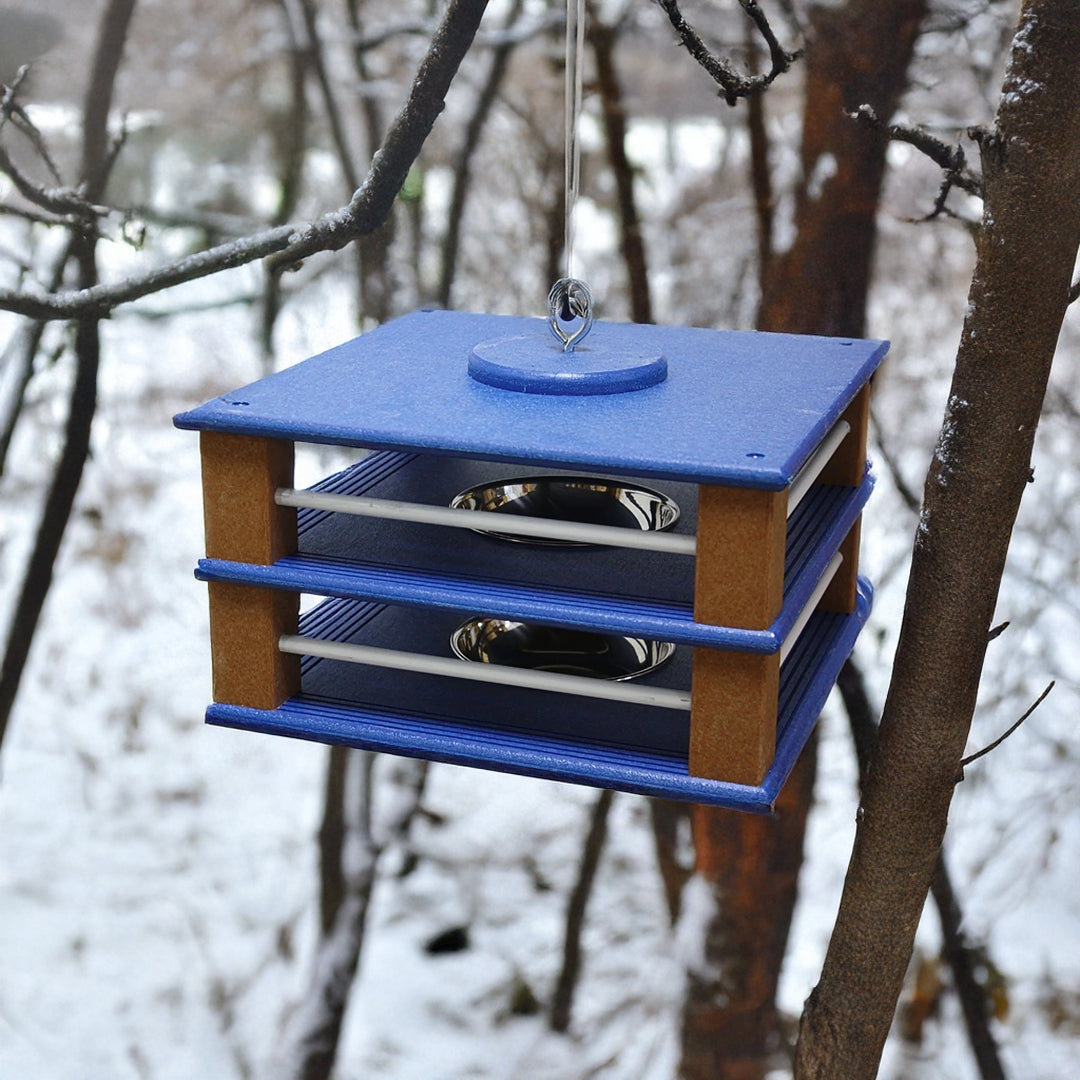Having your garden become a safe haven for beautiful birds is a gift. However, it’s not as simple to get them there as it may seem. You need to make some accommodations and study their patterns.
The good news is, if you tune in to their daily rhythm, you’ll turn your yard into a hummingbird hotspot.
In this article, we’ll show you exactly when hummingbirds feed and how to match your setup to their habits so you get more visits and better viewing.
Morning Burst: Fueling For The Day
As soon as light hits the sky, hummingbirds get busy. In the early morning, they hone in on nectar to recover after the night’s fast. That’s one of the prime windows when hummingbirds feed heavily. You’ll see nearly continuous visits for the first couple of hours after sunrise.
Mid-morning, activity dips a bit: they take short breaks, perch in shade, or sip from less favorite flowers. But if your feeders are full and your blooms are fresh, you’ll still catch intermittent action.
Evening Push: Last Chance Energy Runs
In late afternoon through dusk, hummingbirds ramp up again. They know they must get enough fuel before dark, so feeding frequency rises. This is another critical window when hummingbirds feed. Watch your feeders from about two hours before sunset. This is when visits often peak.
After sunset, activity drops sharply. Unless there’s artificial light (which isn’t ideal), you’ll rarely see feeding at night. So your best times are those dawn and dusk periods.
Seasonal Shifts: Migration & Mating Effects
Season changes shift their feeding pattern. In spring and early summer, with mating and nesting underway, hummingbirds feed more consistently throughout daylight hours. During fall, they begin to feed more intensely in the morning and evening as they bulk up before migration.

Late in the season, you’ll notice longer feeding sessions near the edges of daylight. This is nature’s way of preparing them.
Weather, Flowers & Feeder Setup
Don’t expect the same schedule when the weather interferes. On hot, windy, or rainy days, hummingbirds delay or reduce feeding trips. If the skies stay grey or it’s too windy, they may hide and wait for calmer moments.
Your feeder setup matters too. If feeders sit in direct sun midday, nectar heats and spoils; they’ll avoid those feeders until cooler hours. Instead, position your feeders where they stay shaded part of the day and near native blossoms.
When flower nectar is sparse, hummingbirds lean more on your feeders, and they may shift their feeding window accordingly.
Tips To Maximize Viewing During Feeding Hours
- Keep nectar fresh. Change it every few days to avoid spoilage.
- Use multiple feeders spaced out so hummingbirds don’t crowd a single source.
- Plant native flowers that bloom early and late in the day to support feeding outside feeder times.
- Sit quietly during sunrise and sunset. Those windows are your golden hours.
Timing Unlocks The Magic
Once you recognize when hummingbirds feed, you go from hoping to actively attracting them. With morning and evening surges, seasonal changes, and your feeder strategy all aligned, you’ll see your garden turn into a hummingbird stage.
Pay attention to their patterns, adapt your setup, and watch more of those iridescent flashes light up your yard when hummingbirds feed.
Make Your Yard Their Favorite Spot
If you’re looking for unique hummingbird feeders, birdhouses, and water features designed to draw more winged visitors and elevate your backyard sanctuary, look no further than The Birdhouse Chick.
Reach out and we'll show you how to make your garden a hummingbird heaven!


